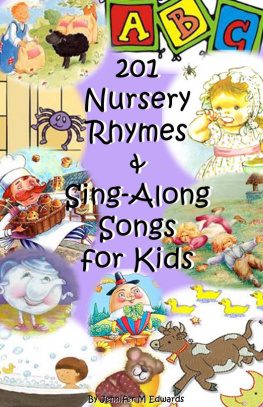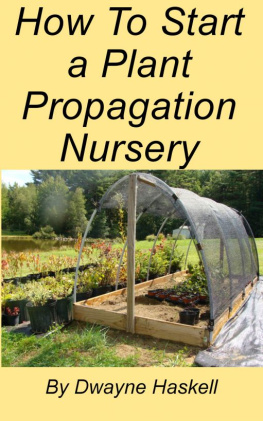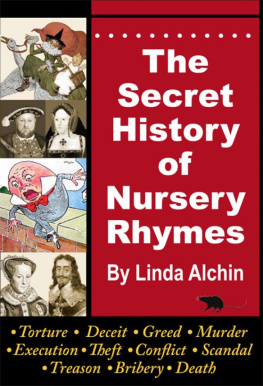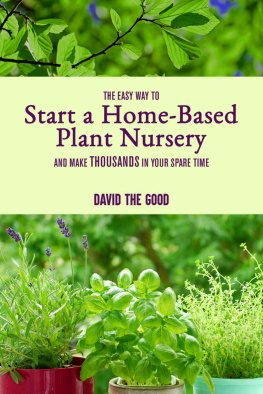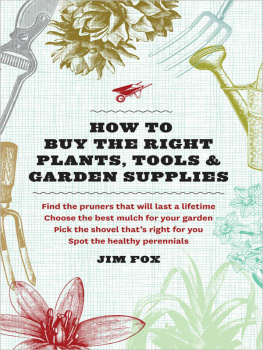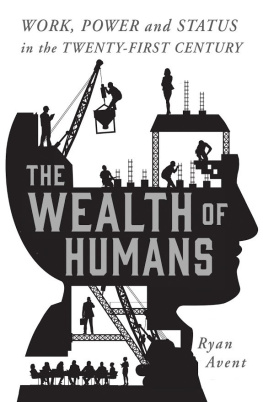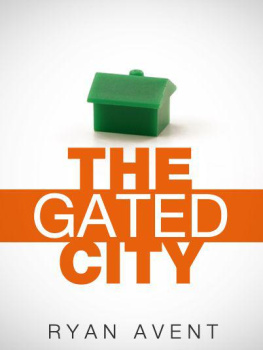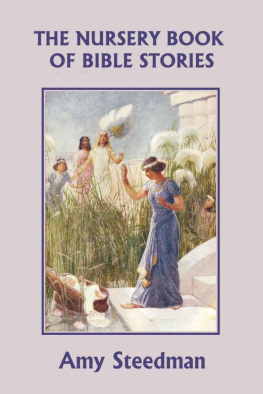So You Want to Start a Nursery

So You Want to Start a Nursery
Tony Avent

Copyright 2003 by Tony Avent. All rights reserved.
All photographs copyright Tony Avent unless otherwise noted.
Reproduced with permission.
Mention of trademark, proprietary product, or vendor does not constitute a guarantee or warranty of the product by the publisher or author and does not imply its approval to the exclusion of other products or vendors.
Published in 2003 by |
Timber Press, Inc. | Timber Press |
The Haseltine Building | 2 Station Road |
133 S.W. Second Avenue, Suite 450 | Swavesey |
Portland, Oregon 97204, U.S.A. | Cambridge CB4 5QJ, U.K. |
Printed in Hong Kong
Library of Congress Cataloging-in-Publication Data
Avent, Tony.
So you want to start a nursery / Tony Avent.
p. cm.
Includes bibliographical references and index.
ISBN 0-88192-584-5
1. Nurseries (Horticulture)Management. 2. Nursery stockManagement. 3. New business enterprisesVocational guidance. 4. Self-employed. I. Title.
SB118.5.A83 2003
635.9152068dc21
2002045401
To
my wife, Michelle
(Were going to start a what?)
whose decades of hard work, wonderful ideas,
patient tolerance, and support have made the
great adventure of running a nursery possible.
Her endurance, encouragement, and assistance
with this book earned her a really nice vacation
this year. I promise not to proofread during
our vacation at a romantic getaway.
and to
the late J. C. Raulston
I hope youre watching.
Contents
Preface: Why Ask Why?
There are certainly several books that address the different aspects of the nursery in great detail. Most focus on the intricate technical details of the nursery business, others detail soil mixes, and still others summarize studies of pest control. What I have attempted to write, however, is a thought-provoking book that touches on the broad range of issues that you will encounter as a nursery owner.
The issues to be covered here are less technical in nature, and I address rarely discussed topics from selecting land to writing a catalog to the effect of the nursery business on family relationships to marketing your plants. When you get under way with your nursery you will still need plenty of generally available technical information that is not covered here, but you will now know what questions to ask.
People often want to know which group or groups I am targeting with this book, and the answer is simply anyone who wants to know more about the nursery business. This group is incredibly varied and includes students with a great deal of curiosity, nursery workers contemplating going it alone, unfulfilled workers in other fields considering a career change, backyard hobbyists with excessively large plant collections, landowners looking for an income opportunity, farmers wanting to change commodities, micronurseries looking to expand, and even retirees exploring the possibility of a second career.
The nursery business is truly among the most rewarding careers for anyone with a fondness for ornamental plants. Admittedly, it can be a difficult career if you start down the long and often treacherous road without a good map alerting you to potential hazards. Although nursery owners do their share of complaining, you would be hard-pressed to find even one who would trade careers for a more lucrative or less stressful occupation. One local nurseryman I know turned down several multimillion-dollar offers for his nursery, all the while aware that he will never realize the same financial freedom by continuing to operate the nursery himself. This dedication and love of the business speaks to the soulful attachment of nursery owners to their business. If, after reading this book, you are still determined to start or continue in the nursery business, you have both my best wishes and condolences. At least you will be going forward with your eyes wide open.
Acknowledgments
A special thanks to plantsman Barry Yinger of Hines Nurseries, Carolyn Williams, a noted psychologist and plant lover, Petra Schmidt, our research manager, Wayne Mezitt, president of Weston Nursery and president of ANLA, and especially my wife, Michelle, all of whom took time out of their very busy schedules to read the manuscript and offer their frank and detailed comments.
Also thanks to Neal Maillet of Timber Press for his patience in dealing with a nursery owner who is juggling far too many projects.
A final heartfelt thank-you to the late J. C. Raulston for being such a great leader, a true inspiration, a generous plantsman, and an avid personal supporter.
Introduction
I still recall the look of horror expressed by the late J. C. Raulston when I told him that I had left my secure state job of 16 years to run our small nursery full-time. There is no way a specialty nursery can possibly make a profit without doing something illegal, he said. Please consider keeping your full-time job. One thing immediately hit me: Raulston had only spent time around poorly run nurseries, a fact that, if nothing else, indicated the need for a better role model. The very idea that one of the top horticulture professors in the country didnt think a specialty nursery could make money was appalling and frighteningbut it was also challenging. I had never considered the possibility that such a nursery could not make money. The more I pondered his comments, the clearer it became that those in the nursery business must do a better job of helping those wanting to become a part of it.
I confess that the idea of a nursery operation with an illegal side to it was fascinating, especially since the top agricultural commodity in my state is an illegal one, Cannabis sativa. The only problem was that the thought of running a nursery from jail wasnt very appealing. I quickly thought about what else we could do illegally to generate funds, and the next time Raulston visited the nursery, he noticed we had hung a coat hanger on a clothesline near the office. On the coat hanger were several clothespins, each one clipping a dollar bill. Raulston stared at the coat hanger for a few minutes before admitting, Ok, I dont get it. I told him that we had indeed taken his advice and that this was the money-laundering part of our operation.
By now some of you are probably wondering why a plant nerd didnt write a book about plants, and I must admit that was my original intent when I first considered writing a book. Perhaps it was Raulstons comments on top of the many calls I received about starting a nursery that first planted the seed for this book, but it was a conversation with Mike Dirr that sealed the idea. On a visit to Georgia in the mid-1990s, I was discussing many plant-related topics with Mike when I asked him which textbook he used to teach nursery management. There isnt a good one, he replied. I couldnt get this out of my mind, and when I remembered the nursery management course taught by Raulston, I realized that his textbook was nothing more than a series of articles reprinted from various nursery magazines assembled into a packet.
I do not mean to imply that there are no books on nursery management, as nothing is farther from the truth. There is a wide assortment of books on propagation, soils, fertilization, and greenhouse construction, including tomes on virtually all the technical aspects of having a greenhouse. Amazingly, however, there were no usable, commonsense books addressing the thought processes involved in starting a nursery.
Next page


